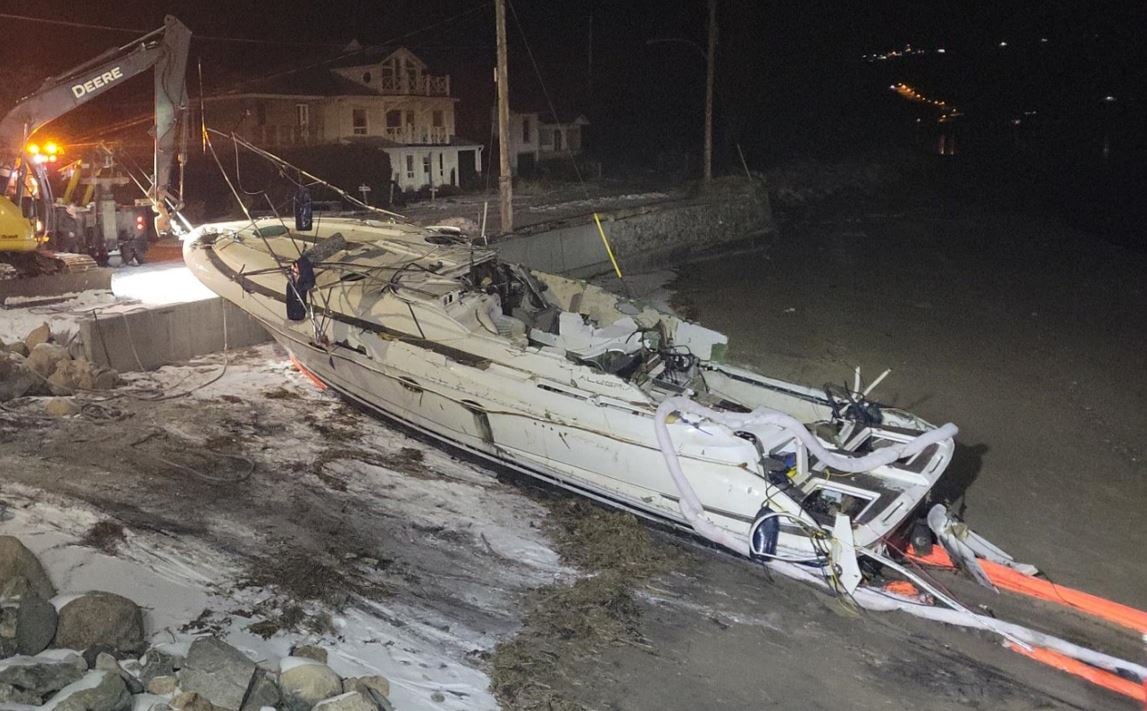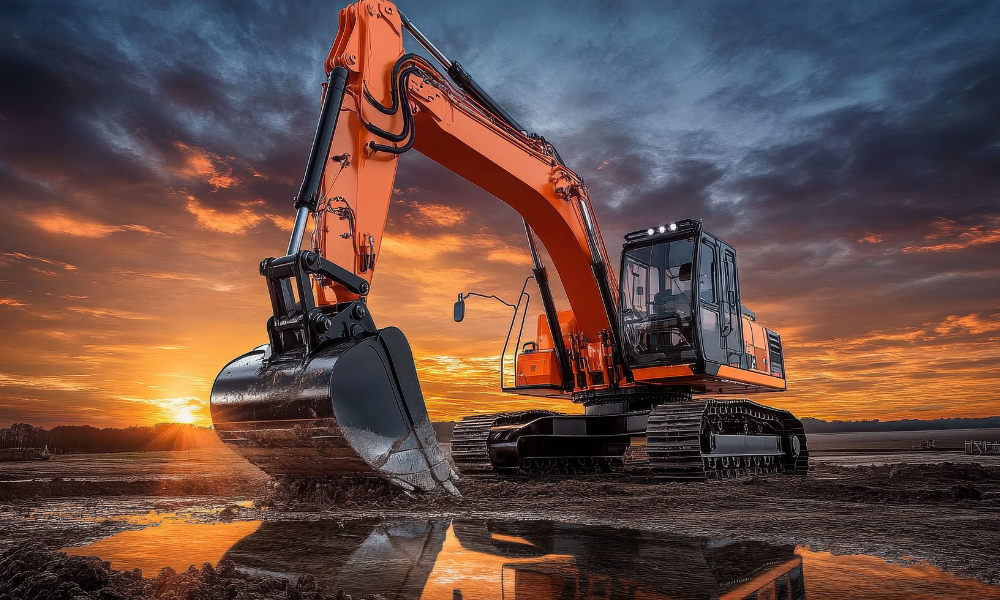Three years ago, I wrote my very first editorial for Canadian Occupational Safety as its new editor. The editorial focused on the changing demographics in Canadian workplaces, the increasing participation of women workers in industries that were traditionally dominated by men, and the health and safety implications of this evolution.
It’s one of those topics that hit close to home, being a working mom for two pre-teen boys (which, as many would agree, is another career in itself) and growing up in a household where both my parents held full-time jobs. It’s also a topic that the editorial staff at COS felt was worthy of lengthy discussion — and apparently, so did the health and safety community.
COS recently hosted a roundtable event on women and safety featuring a great line up of speakers from government, industry and labour sectors. Held at the Centre for Health and Safety Innovation in Mississauga, Ont., the event was graciously hosted by the Workplace Safety and Prevention Services.
The discussion was an eye-opening experience and provided a venue for discussing the health and safety issues women face in certain male-dominated workplaces. The one-hour conversation also gave us a glimpse of how government, industry and labour sectors are working to keep up with the challenges brought about by the changing face of the workplace.
It’s clear from the discussion that gender-sensitivity is not a common phenomenon in workplaces across Canada — at least, not yet. But it’s nothing that active education and open dialogue can’t cure.
Just over fifty years ago, it was rare to see a woman working in construction or building cars; and perhaps, fifty years before that, the workplace was no place for a woman to be. But a lot has changed since the 1800s when women were finally allowed to vote for the first time in an election. Back then, women were fighting for their right to suffrage. Today, women want the right to work as safely as possible, in workplaces where the hazards are often less favourable to them.
It’s true, the right to a safe workplace does not discriminate between men and women, but when the hazards pose different effects on different types of demographic — whether it’s gender, ethnicity or physical traits — it’s reassuring to know that your OHS program has got it covered.
Today, a working woman — even a working mom — has become a fact of life. Behind every successful organization, every enormous building, every great car or machinery, you will find a few women somewhere down the line. Perhaps they helped draft a great marketing campaign, assisted in painting that new building, or even worked in the assembly line of a car parts manufacturing company. Whatever that may be, women help contribute to the success of any organization.
Looking out for the health and safety of all your workers may not always be as simple as drafting a health and safety policy and training your workers on injury prevention. Sometimes, it requires a little creativity and proactive judgment, especially in high-performance industries where the risks are varied and the workers diverse. Sometimes, you have to move past gender equality and look at gender diversity to really figure out the best way to keep all your workers safe and healthy.
Our cover story, featuring the highlights of the roundtable discussion, offers some guidance on how to develop and implement a gender-sensitive health and safety management system.
-----------
Mari-Len De Guzman is the editor of Canadian Occupational Safety magazine and website. You may contact her at [email protected].
It’s one of those topics that hit close to home, being a working mom for two pre-teen boys (which, as many would agree, is another career in itself) and growing up in a household where both my parents held full-time jobs. It’s also a topic that the editorial staff at COS felt was worthy of lengthy discussion — and apparently, so did the health and safety community.
COS recently hosted a roundtable event on women and safety featuring a great line up of speakers from government, industry and labour sectors. Held at the Centre for Health and Safety Innovation in Mississauga, Ont., the event was graciously hosted by the Workplace Safety and Prevention Services.
The discussion was an eye-opening experience and provided a venue for discussing the health and safety issues women face in certain male-dominated workplaces. The one-hour conversation also gave us a glimpse of how government, industry and labour sectors are working to keep up with the challenges brought about by the changing face of the workplace.
It’s clear from the discussion that gender-sensitivity is not a common phenomenon in workplaces across Canada — at least, not yet. But it’s nothing that active education and open dialogue can’t cure.
Just over fifty years ago, it was rare to see a woman working in construction or building cars; and perhaps, fifty years before that, the workplace was no place for a woman to be. But a lot has changed since the 1800s when women were finally allowed to vote for the first time in an election. Back then, women were fighting for their right to suffrage. Today, women want the right to work as safely as possible, in workplaces where the hazards are often less favourable to them.
It’s true, the right to a safe workplace does not discriminate between men and women, but when the hazards pose different effects on different types of demographic — whether it’s gender, ethnicity or physical traits — it’s reassuring to know that your OHS program has got it covered.
Today, a working woman — even a working mom — has become a fact of life. Behind every successful organization, every enormous building, every great car or machinery, you will find a few women somewhere down the line. Perhaps they helped draft a great marketing campaign, assisted in painting that new building, or even worked in the assembly line of a car parts manufacturing company. Whatever that may be, women help contribute to the success of any organization.
Looking out for the health and safety of all your workers may not always be as simple as drafting a health and safety policy and training your workers on injury prevention. Sometimes, it requires a little creativity and proactive judgment, especially in high-performance industries where the risks are varied and the workers diverse. Sometimes, you have to move past gender equality and look at gender diversity to really figure out the best way to keep all your workers safe and healthy.
Our cover story, featuring the highlights of the roundtable discussion, offers some guidance on how to develop and implement a gender-sensitive health and safety management system.
-----------
Mari-Len De Guzman is the editor of Canadian Occupational Safety magazine and website. You may contact her at [email protected].





